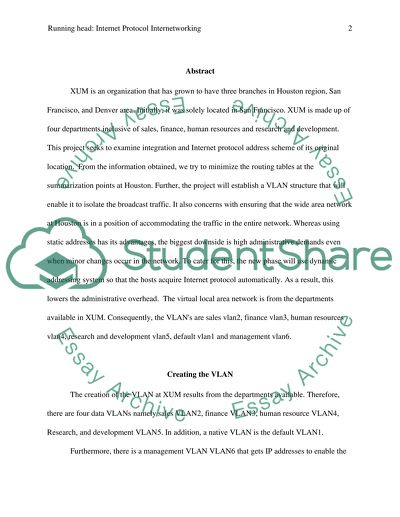Cite this document
(“IP Internetworking Assignment Example | Topics and Well Written Essays - 1500 words”, n.d.)
IP Internetworking Assignment Example | Topics and Well Written Essays - 1500 words. Retrieved from https://studentshare.org/information-technology/1679039-ip-internetworking-assignment
IP Internetworking Assignment Example | Topics and Well Written Essays - 1500 words. Retrieved from https://studentshare.org/information-technology/1679039-ip-internetworking-assignment
(IP Internetworking Assignment Example | Topics and Well Written Essays - 1500 Words)
IP Internetworking Assignment Example | Topics and Well Written Essays - 1500 Words. https://studentshare.org/information-technology/1679039-ip-internetworking-assignment.
IP Internetworking Assignment Example | Topics and Well Written Essays - 1500 Words. https://studentshare.org/information-technology/1679039-ip-internetworking-assignment.
“IP Internetworking Assignment Example | Topics and Well Written Essays - 1500 Words”, n.d. https://studentshare.org/information-technology/1679039-ip-internetworking-assignment.


